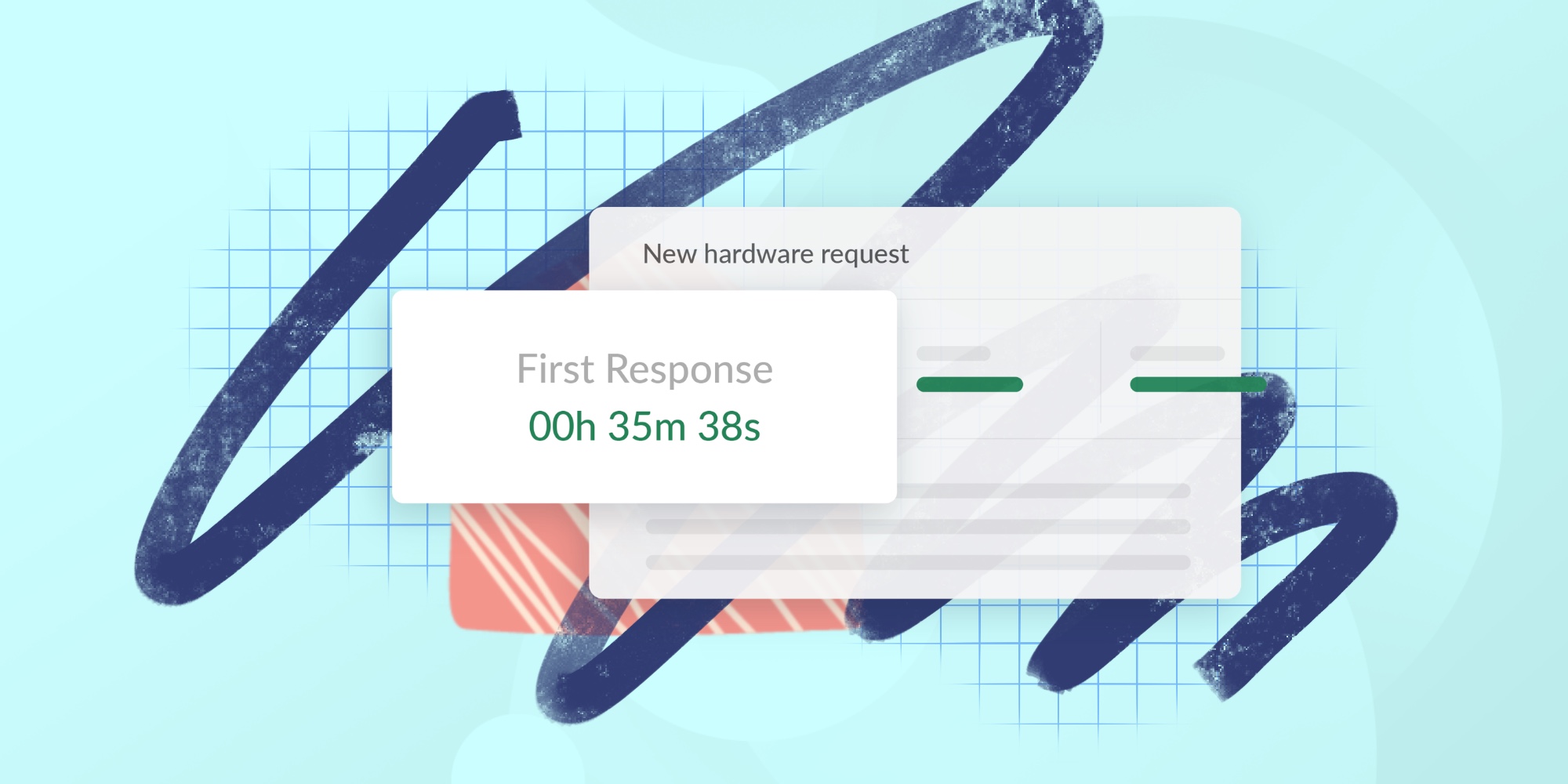If you've ever wondered who ensures that IT services meet the promised standards, the answer lies with the service level manager. Maintaining high-quality service delivery is crucial, and this role guarantees just that. A service level manager is the behind-the-scenes hero responsible for keeping service agreements in check and customers satisfied.
While it may sound technical, the job of a service level manager is more than just ticking boxes on a checklist. It involves ensuring that services meet the agreed performance targets, maintaining relationships with customers and vendors, and troubleshooting issues when they arise. So, if you're looking to understand more about this vital role, stick around as we dive into what a service level manager does and why they’re essential to smooth IT operations.
Let's dive in!

What is a Service Level Manager?
A service level manager is a key role within IT Service Management (ITSM) responsible for overseeing and managing Service Level Agreements (SLAs) between an organization and its customers or internal teams. They ensure that IT services are delivered according to agreed-upon performance metrics, such as response times, resolution times, and service availability. Their job revolves around ensuring that IT services meet business objectives and customer expectations, bridging the gap between IT and business needs.
In the context of ITSM, the service level manager plays a pivotal role in optimizing the value of IT services. They are not just focused on maintaining operational performance but also on aligning IT services with broader business goals. The service level manager can help ensure that service providers adhere to the ITIL framework or other ITSM methodologies to improve efficiency, customer satisfaction, and service quality across the board.
What is Service Level Management (SLM)?
Service Level Management (SLM) is the process that ensures all service management activities are designed, monitored, and continually improved to meet customer needs. At its core, SLM aims to provide clear communication between the service provider and the customer regarding the services' expected and actual performance levels.
This process includes drafting and creating SLAs, monitoring service performance, reporting on compliance, and making adjustments when services fall short. Service Level Management isn’t just about fixing problems after they happen; it’s proactive. Service level managers use data-driven insights to predict potential issues before they disrupt business operations.
What does a Service Level Manager do? Role and responsibilities
Service level managers play a multifaceted role, overseeing all aspects of service delivery and performance. Their responsibilities span across various domains to ensure service excellence. Let's break down the core duties:
1. Crafting and monitoring SLAs
One of the primary responsibilities is drafting SLAs. Service level managers work with stakeholders to ensure that SLAs are comprehensive and meet customer needs. Once in place, they monitor performance against the SLA metrics and report on adherence, highlighting areas for improvement if needed.

2. Maintaining communication channels
Effective communication is key. The service level manager ensures that there's a clear and continuous line of communication between the IT department and customers. They are responsible for keeping everyone informed about service performance, issues, or improvements.
3. Problem-solving
Service level managers need to step in when service performance dips below the agreed standards. They identify the root causes of any discrepancies, work with technical teams to find solutions, and ensure problems are resolved swiftly.
4. Service Improvement Plans (SIPs)
Service level managers aren’t just reactive; they actively look for ways to improve. They develop Service Improvement Plans (SIPs) that focus on optimizing current services to provide better performance, cost savings, or customer satisfaction.
Challenges faced by service level managers
1. Managing customer expectations
One of the biggest challenges is balancing what customers expect versus what can realistically be delivered. Customers may demand faster response times or additional services without understanding the limitations or costs associated with such requests.
2. Aligning SLAs with business goals
It’s crucial to ensure that SLAs are not only meeting customer needs but also aligning with the company's overall business objectives. Striking this balance between operational efficiency and customer satisfaction can be tricky.
3. Keeping up with technology changes
In the ever-evolving world of IT, new technologies and methodologies can impact service performance. Service level managers must continuously stay up to date and adapt their strategies to accommodate these changes.
4. Dealing with performance issues
Sometimes, despite best efforts, services can fall short of expectations. A service level manager must handle these situations delicately, addressing performance issues without straining customer relationships.
Service level manager job description
If you're interested in becoming a service level manager, here's what the role typically entails. A service level manager ensures that IT services are delivered in accordance with SLAs. This includes overseeing service performance, resolving disputes, and making sure that customers are happy with the services they receive.
A successful service level manager must be able to communicate effectively with both technical teams and customers. They should have a solid understanding of IT services, service delivery processes, and data analysis to evaluate performance metrics. The role often involves coordinating between various departments, such as IT operations, service desks, and customer support, to ensure smooth service delivery.

Service level manager salary
The salary of a service level manager varies depending on the region, industry, and level of experience. According to Salary.com, in the United States, the average salary for a service level manager is around $95.000, with salaries ranging from $83,000 to over $109,000 depending on experience and location.
In the United Kingdom, service level managers can expect an average salary of £50,000 per year. Senior-level managers with extensive experience can earn significantly more, especially in large organizations or industries with high service demands, such as finance and telecommunications.
Is service level manager an entry-level job?
No, the role of a service level manager is typically not an entry-level position. It requires a deep understanding of IT services, experience in managing service delivery, and strong communication skills to liaise between technical teams and customers. Most service level managers have several years of experience in IT, Service Management, or related fields before stepping into this role. Many also hold certifications like ITIL, which further demonstrates their expertise in IT Service Management.
Because of the strategic nature of the position, organizations often seek candidates with a proven track record of managing SLAs, improving service performance, and solving complex service-related challenges. It's a role that demands not only technical knowledge but also the ability to lead teams, manage conflicts, and drive continuous improvement, making it a career progression for mid to senior-level professionals.
Unlocking Career Progression
Discover the strategies to lifelong learning and evolvement in IT
Download for free
Final thoughts
Being a service level manager is no small feat. This role requires balancing the technical aspects of service delivery with customer satisfaction, all while ensuring that business objectives are met. Service level managers need to wear many hats – from problem solver to communicator, negotiator, and strategist.
In an IT-driven world, the role of a service level manager is becoming more important than ever. Businesses rely heavily on their services, and it’s up to the service level manager to ensure these services are running like a well-oiled machine. If you're detail-oriented, a great communicator, and enjoy solving complex challenges, a career as a service level manager could be a perfect fit.
Frequently Asked Questions (FAQs)
1. What skills are required to be a successful service level manager?
A service level manager needs strong communication skills, a deep understanding of IT services, analytical abilities to evaluate performance metrics, and problem-solving skills to address service issues.
2. How does a service level manager differ from a project manager?
While both roles involve managing services and people, a project manager focuses on completing specific projects within a set timeline, whereas a service level manager is responsible for the ongoing delivery and performance of services according to SLAs.
3. What qualifications do you need to become a service level manager?
Many service level managers hold degrees in IT, business management, or a related field. Professional certifications in IT Service Management (ITSM), such as ITIL, are also highly valuable.
4. How do service level managers improve service quality?
Service level managers monitor service performance, implement Service Improvement Plans (SIPs), and ensure alignment between customer expectations and service delivery. They work closely with technical teams to resolve issues and optimize service processes.
5. Is the role of a service level manager limited to IT services?
No, while service level management is prevalent in IT, the principles can be applied to other service-based industries, such as telecommunications, finance, and healthcare, where service delivery is critical.














.jpg?upsize=true&upscale=true&width=780&height=205&name=ITIL%20Foundation%20Exam%20(2).jpg)
